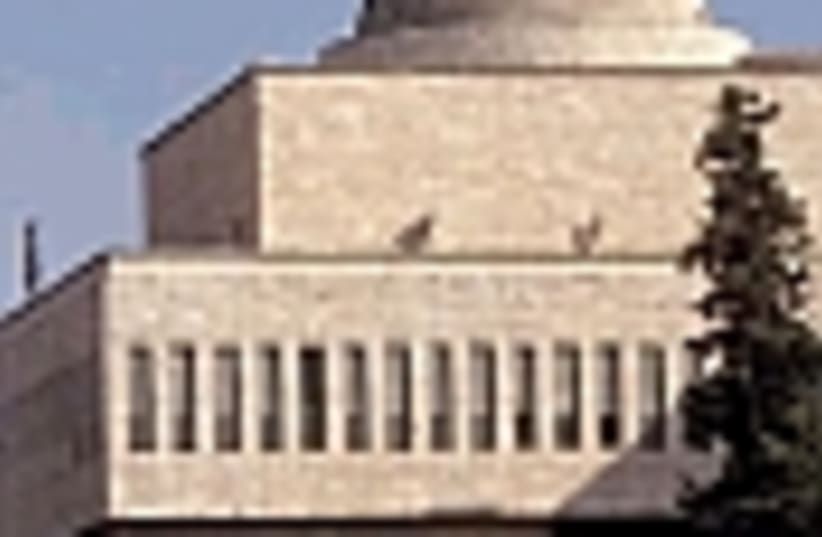| More about: | Yehuda Amichai, Miri Ben-Ari, Jerusalem, Red Sea |
The hidden beauty of things
Tucked away beside the Great Synagogue, the Heichal Shlomo Judaica museum takes an unusual educational approach.


| More about: | Yehuda Amichai, Miri Ben-Ari, Jerusalem, Red Sea |